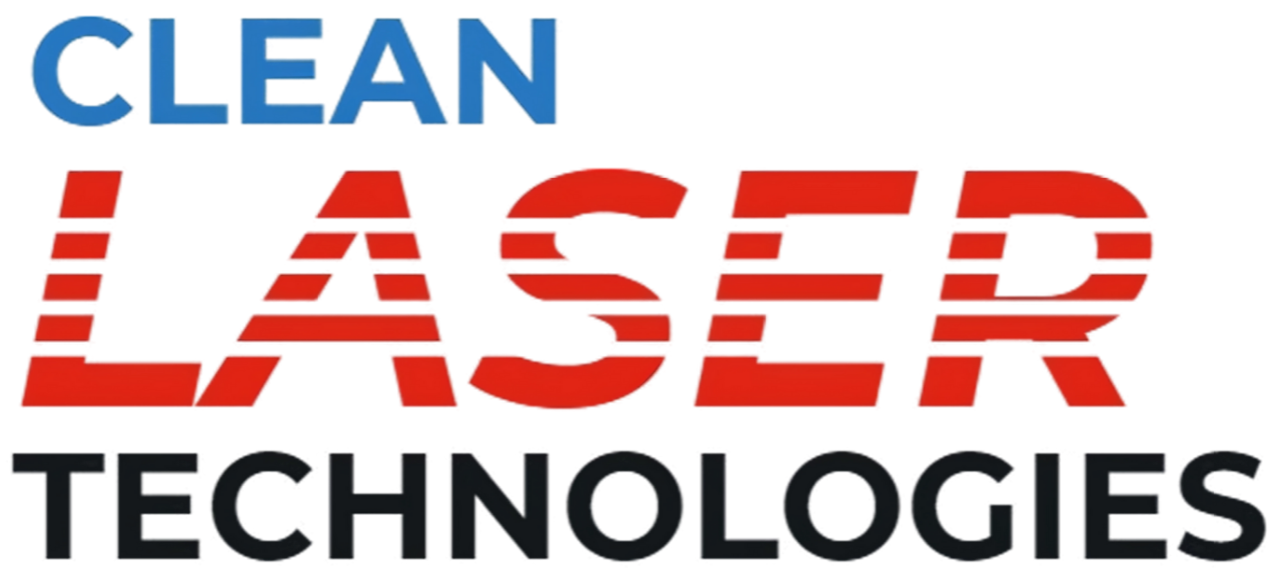FAQ
General Questions
Laser cleaning is a non-contact, environmentally friendly method of removing rust, paint, grease, oxides, and contaminants from metal, stone, and other surfaces using a focused beam of
laser light.
It works by directing high-intensity laser pulses at the surface. The contaminants absorb the
laser energy and are vaporized or ejected, while the base material reflects the laser and remains
undamaged.
Most metals (steel, aluminum, copper, brass), stone, certain plastics, ceramics, and composite
surfaces — especially when contaminants have different absorption rates than the base.
Performance and Capabilities
Safety and Environment
Cost and Value
Technical Questions
• Pulsed lasers deliver energy in bursts, ideal for precision and surface-sensitive cleaning (e.g., paint or rust on delicate metal).
• Continuous Wave (CW) lasers are more aggressive and used for heavy industrial applications like thick rust or large-scale cleaning.
It depends on power and settings. Typically, it removes contaminants without altering the
base metal, but with repeated passes and high power, it can ablate deeper layers.
• 300W: Light-duty cleaning, small parts, delicate surfaces
• 500W: Medium-duty industrial cleaning
• 1000W+: Heavy-duty cleaning, thick rust, and large surfaces
• 2000W: Heavy-duty cleaning and fast, with thick substrates only
Operation and Maintenance
Applications
Training
Don't hesitate to contact us
For inquiries, consultations, or service scheduling, please reach out to our experienced team. We’re committed to providing tailored, high-quality laser cleaning solutions that meet your specific needs. Contact us today for prompt, professional assistance and discover how our innovative technology can transform your Project Performance.
- 601-951-3122
- info@cleanlasertechnologies.com
- 6701 Richmond Grove Rd, STE 7c, Jackson, MS 39213
